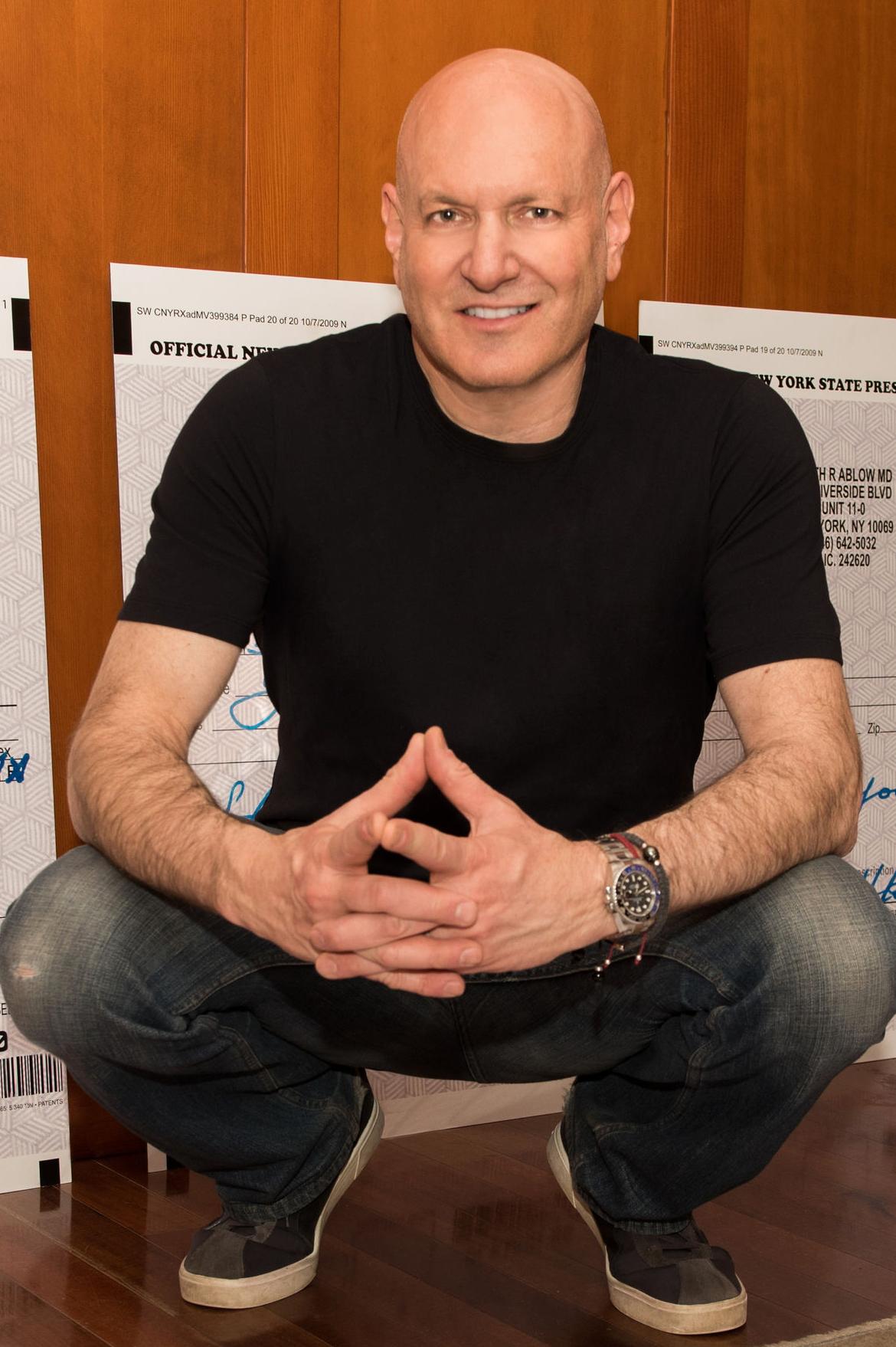


Describe what you want to change.
The key here is to describe the area of areas of your marriage you think could give you more joy if they changed. This step is about clarity, about distilling your needs and emotions into a clear-cut goal you can work with.
Let’s take a familiar lament: “I want more passion.” Build this out. Why isn’t there more passion? Is it because you and your partner don’t communicate? Is it because you can’t share what moves you romantically? Is there a physical problem, with pain, with level of desire, with becoming satisfied? Suppose you thought, “I feel like this relationship keeps me from moving forward in my life.” Again, take this deeper. Is it perhaps because you are afraid of sharing your dreams, ideas and plans? Or because your partner dismisses them? Is there a feeling that you moving forward means that you would have to lose time with, or create some distance from, your partner?
Here are some focused and direct statements about what might need to change in a relationship:
- I want us to be able to discuss our careers and future plans without fighting.
- I want us to find ways to spend more time alone – time when we can talk about our lives and feelings, separate from children and family dramas.
- I want real information about our money, assets and liabilities so that I can become a full financial partner in this marriage.
I believe there is a silver bullet to most problems. The likelihood of finding it depends on your thorough examination of the problem, the root of the problem, and the emotions behind it. It also depends on keeping an open mind. The open mind part is crucial. Here are some questions to get you started—the Step One Exercise Questions:
- Without thinking about it too much, what comes to mind that you want to change about your marriage?
- What emotions does this problem bring up for you?
- When you and your partner discuss this problem, what tends to happen?
- What is your ideal outcome?
- Look at your ideal outcome. This is what you want in your marriage.
Assume that today’s marital challenge or conflict
is no accident. It was built into your union
from the day you met.
This step is about acceptance. When crisis hits a marriage, it is easy to look upon it as something wholly destructive. Your marriage was the foundation. Your problems and issues are the tornado that knocked it down.
This is not accurate. To move forward, you must accept that this conflict was built into your relationship from the very beginning, and that what you’re encountering isn’t a reason to terminate the relationship, but an opportunity for the relationship to become richer and more satisfying. You chose each other for good reasons. You chose each other because you complement each other, and you can help to heal each other and to move beyond the conflicts in your family of origin. It is not only inevitable that these problems were going to come to the surface, it is good. And you shouldn’t reject the fact that you’re feeling discomfort and unhappiness, because your mind is telling you something is wrong, and you need to fix it.
Here are some questions to jumpstart step 2—the Step Two Exercise Questions:
- What were your reservations about your spouse upon meeting him or her?
- What about your spouse made your either ignore or accept these reservations?
- What were the conflicts you had at the beginning of your relationship?
- Do the conflicts at the beginning of the relationship bear any similarity to what you now want to change about it?
Open your heart to the reality that meeting today’s challenge
together is your path to deeper love, that you would not have
chosen one another if you did not have the potential to heal one another.
Now that you have accepted there was a reason you chose each other, you have a chance to see that your partner is not the cause of your problems, but rather part of the solution to them. What’s more, you have chosen to keep going together at a point where many people would choose to stop. So even though you’re walking uphill, you’re at least doing it together, with the belief that you’re not just going to get exhausted, you’re going to get stronger.
This step is about hope. You want to begin to see that the two of you can open your hearts to becoming true partners in healing your marriage. Opening your heart is daunting. There is a fear of being rejected, misunderstood or even mocked.
This step should make you more comfortable with your own vulnerability and more accepting of your partner’s. Gandhi once said, “My imperfections and failures are as much a blessing from God as my successes and my talents and I lay them both at his feet.” What is weak and damaged in your relationship is just as relevant to its success and even beauty as what’s strong and healthy in it, and the Step Three Exercise Questions will demonstrate this:
-What frustrates you about your partner?
-Is there anything about him that frustrates you that you also admire, or perhaps envy?
- What do you think your partner thinks he can learn from you?
- What do you think you can learn from him?
Find out what dynamic from your family of origin you
are either reproducing or running from.
You got great strength from your family. You might have had a lot of fun and good times with them. You also took on issues, problems and demons.
What you experienced watching your parents deal with each other and you and your siblings sets the stage for how you behave in the family you then created. You might be far away and you might feel that you have changed. But behavior patterns locked in early in life are difficult, though not impossible, to disrupt and change.
You will likely discover that you have either run away or you have run back home – that you have taken your most pressing issue and either created its opposite or its duplicate. Simply put, if you had a controlling family, you now have a controlling partner and perhaps wish for a little more freedom. Or, you have a very hands-off partner, and you wish for more feelings of intimacy and connection.
To uncover the conflicts and patterns in your family of origin that are disrupting your life now, you need to be willing to remember the past. This presents a challenge, but not one as difficult as you might think. After all, while issues from your past might not come up in your daily life, they are not far, far below the surface. The right questions really can unearth them with relative ease. As far as fear of digging up the past, I will remind you that the past never goes away by ignoring it. Whatever drag it produces on your life and energy already exists, and it is knowledge, not ignorance, that will set you free of it. To encourage yourself through this process, remind yourself that you can’t write the last chapter of a book if you don’t know what happened in the chapters before.
This is a completely necessary process, and whatever pain or fear the Step Four Exercise Questions bring up for you is necessary to get to the joy on the other side of them.
- Think about your dynamic with your spouse. Is there anything good about it that reminds you of your family of origin?
- What painful elements of your dynamic with your spouse remind you of your family of origin?
- Is there something about your family of origin you wish your partner understood?
- Is there something about your family of origin you feel your partner misunderstands?
Help one another put the past behind you.
Once you define the core dynamic between you – what each of you is running away from or toward—and what emotional problem this sets up in your relationship – you are ready to begin to heal. This step requires a great deal of listening and patience. The orbits you hold each other in are powerful. As you try to chart a new path, they will fight to keep you from growing.
This step is about replacing blame with empathy. Let’s say that your husband is very jealous of the time you spend with your friends and this makes you feel angry and stifled. Now, imagine that your husband shares with you that when his parents got divorced, his mother, who had previously been his constant companion, was always working or out with her friends. He confesses that he felt abandoned and alone, but that he didn’t want to speak up because his mother seemed happy for the first time in years. He was drawn to your independence, but at the same time he hasn’t dealt with his resentment or inability to voice disappointment about his mother’s own behavior. He knows he takes it out on you.
Before hearing this story, all you could see was how your husband treated you. But now you see why. So, you can remind him of why he has his feelings instead of just getting in a fight with him about those feelings. You can be a support for him as he faces his own challenge. You can remind him gently that his anger at you comes from the past. You can see him as a flawed but loveable person trying to make his way through the world instead of merely seeing him as an impediment to what you want.
Of course, an added bonus of gaining all this understanding and empathy is that you really get to know each other. Many marriages go by in a haze of appointments and responsibility, and couples deprive themselves of a true understanding of their partner’s past and the stories that are important to them. There is great pleasure in truly knowing, and being known by, your partner. There is great solace and comfort in knowing you have someone to lead, and lead you, from the pain and weight of the past into the hope and light of the future.
These experiences begin with the Step Five Exercise:
- Write a story that begins with the most annoying or least attractive quality of your spouse and that ends with an explanation of its roots in the past.
Forgive your spouse and yourself.
So much of what bogs a marriage down is not what happened, but the lingering anger and resentment around it. This is the step where you start to let that go.
If you’ve worked through the previous steps, Step Six should come somewhat naturally. Once you have an explanation for the problems within your marriage, it should be easier to stop blaming your spouse (or yourself) and move toward true understanding. You should be able to see the ways both you and your partner have used less than exemplary behavior to dodge valuable life lessons – how you have taken out frustration or displayed insecurity that was the result of early wounds, rather than treated your partner as if you were both living in the present.
Your dialogue has told you that your partner loves and cares about you. Your partner wants you to be happy. In trying to preserve his own sense of safety and happiness, he may have behaved in ways that made it seem he didn’t have your best interests at heart.
Now, though, you know that you and he didn’t set out to destroy each other’s hopes and dreams. You can forgive your spouse and yourself for not “doing better” in the earlier chapters of your marriage because you simply did not know what you know now. You will share these insights in the Step Six Exercises:
- Write your partner a letter thanking him (or her) for all the good things he has done for you.
- Make a list of five things you’re still angry at your partner about. Read it to yourself every day for a week and write down your level of anger upon reading it. At the end of a week, see if your anger changed a lot every day, depending on your own mood.
Plan your most powerful future together.
In this step, imagine that your dreams can become reality. Assume that if you can envision your marriage being one of intimacy, fun and support, that is what you will get.
You have discovered in the above exercises that one of the things that too often dies in a relationship is the freedom to dream. A relationship gets so bogged down in its patterns that it becomes impossible to believe that life can change. But if you have made it this far, it already has changed. You and your partner have accepted that your problems are not harbingers of doom, but gateways to change. You have accepted the fact that your partner didn’t cause your problems, but that, in fact, he may help you solve them. You’ve seen how the past influences who each of you is, forgiven each other for being less than perfect, and pledged to walk the road to live a true marriage and true lives, together.
More should seem possible to you now. The Step Seven Exercises should allow you to begin envisioning those possibilities:
- Text your partner telling him or her what you’d like a Saturday night to look like six months from now.
- Describe the person you want to be in this relationship and make it an exciting and inspirational vision.
Take positive steps to become more
emotionally honest as individuals and more intimate
with one another than ever before.
In other steps you were getting information, thinking about it, analyzing it, and considering how you wanted to move forward. This step is about action. It is about the concrete steps you and your partner are going to take to create a partnership that is all you dreamed it could be.
Just as back in step one it was important for you to get specific about what you wanted to change, now it is equally important for you to get specific about how you wish to change it. Here are some examples of some concrete decisions couples might make about how to live the truth in their marriages:
- We are going to spend 30 minutes each night discussing how our days went, and what our plans are for tomorrow.
- We are going to travel together, without other couples or family or the kids. We’re going to learn to rely on each other for help, companionship and entertainment.
- Instead of running away from the volatility that makes our marriage frightening for both of us, we will accept it and move through it. When we have a fight, we can say, “Let’s start over without the anger in an hour.” No storming out. No silent treatment, in the hope of avoiding more confrontation. We’ll work out our problems by talking them through, no matter how long that conversation lasts.
Eight Steps. Are they the beginning and end of all you can and should do to heal your marriage? No. But they are, indeed, a beginning.